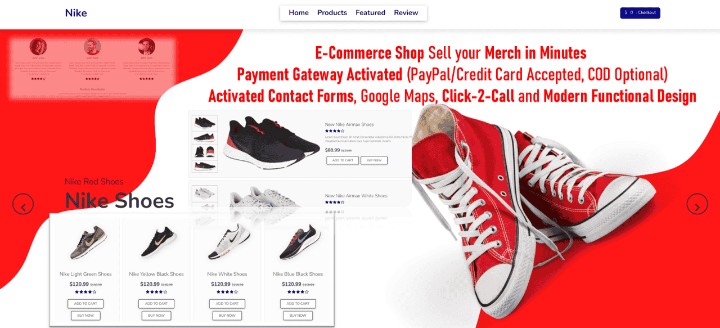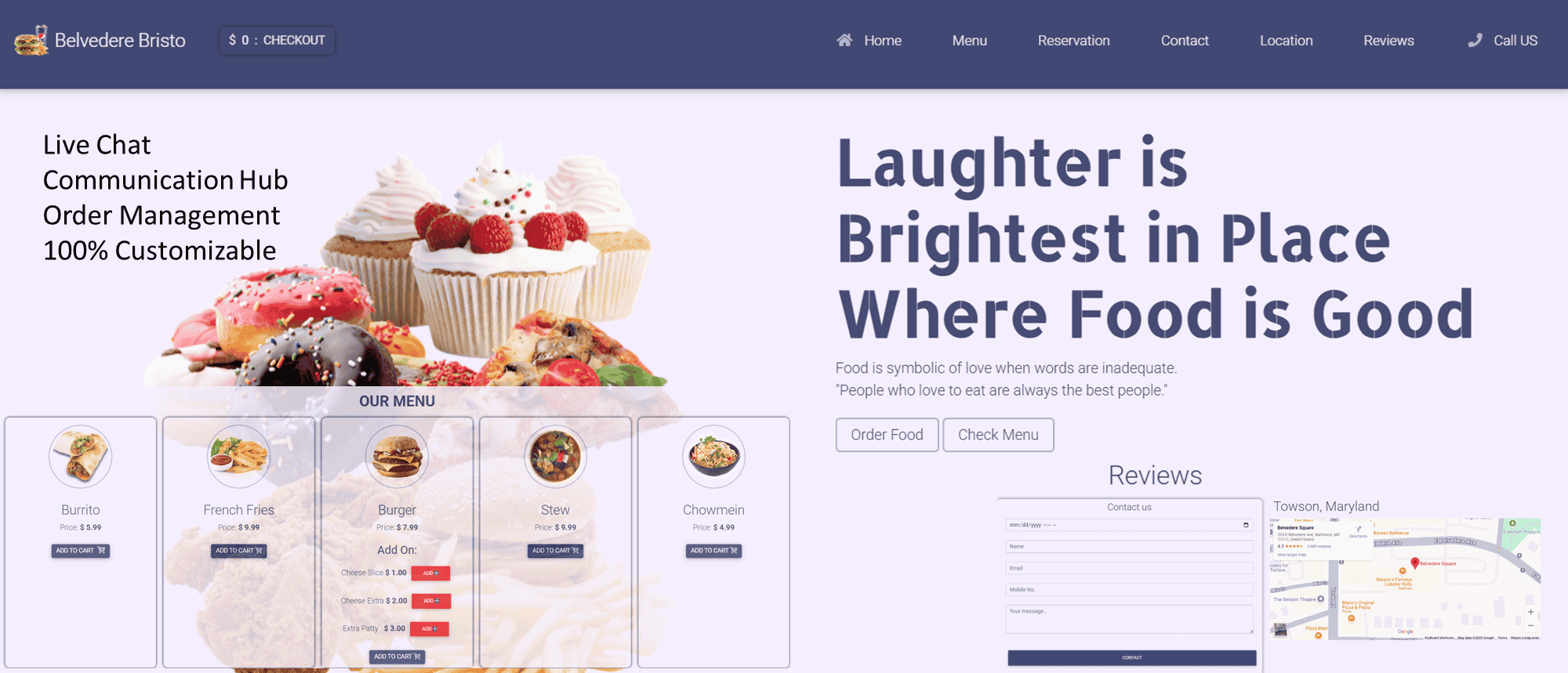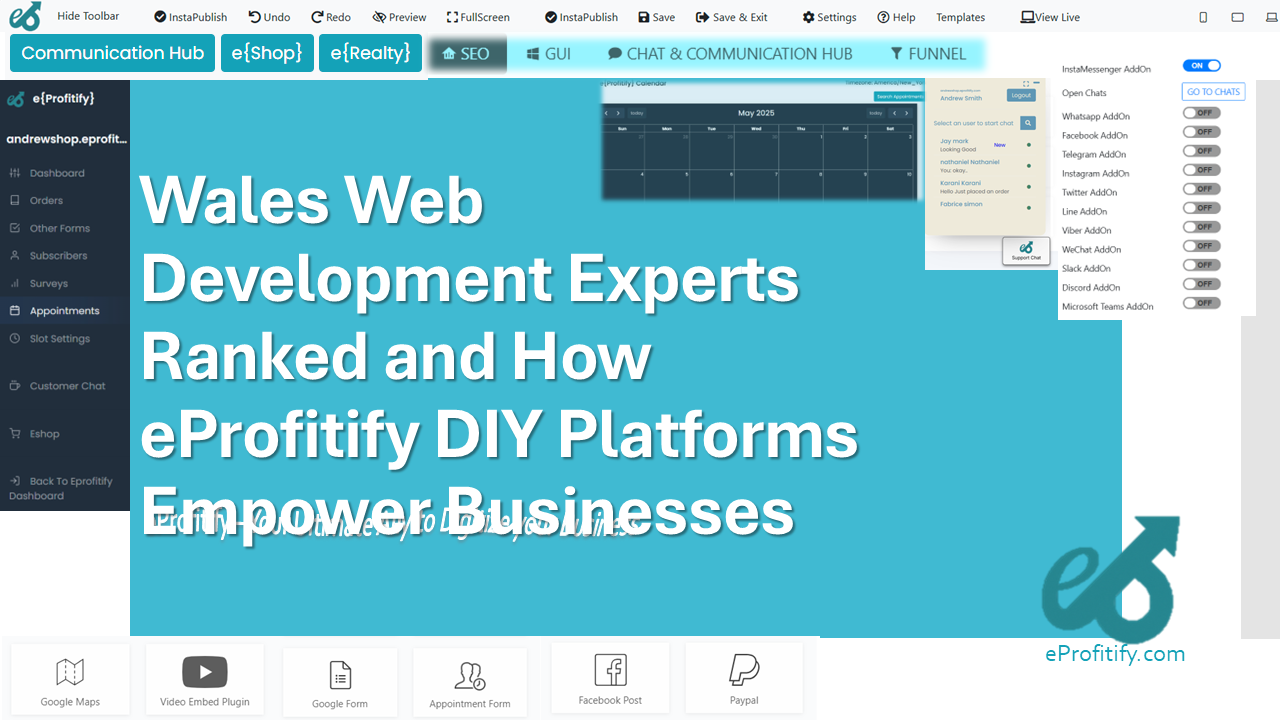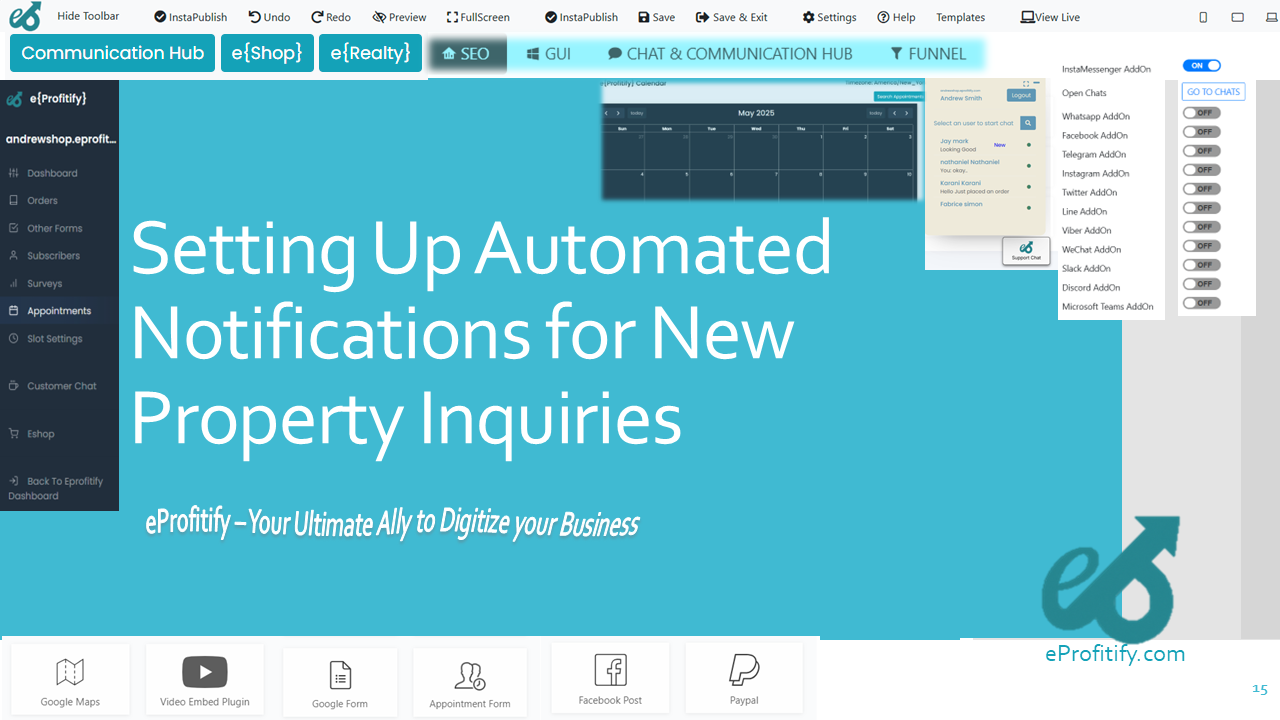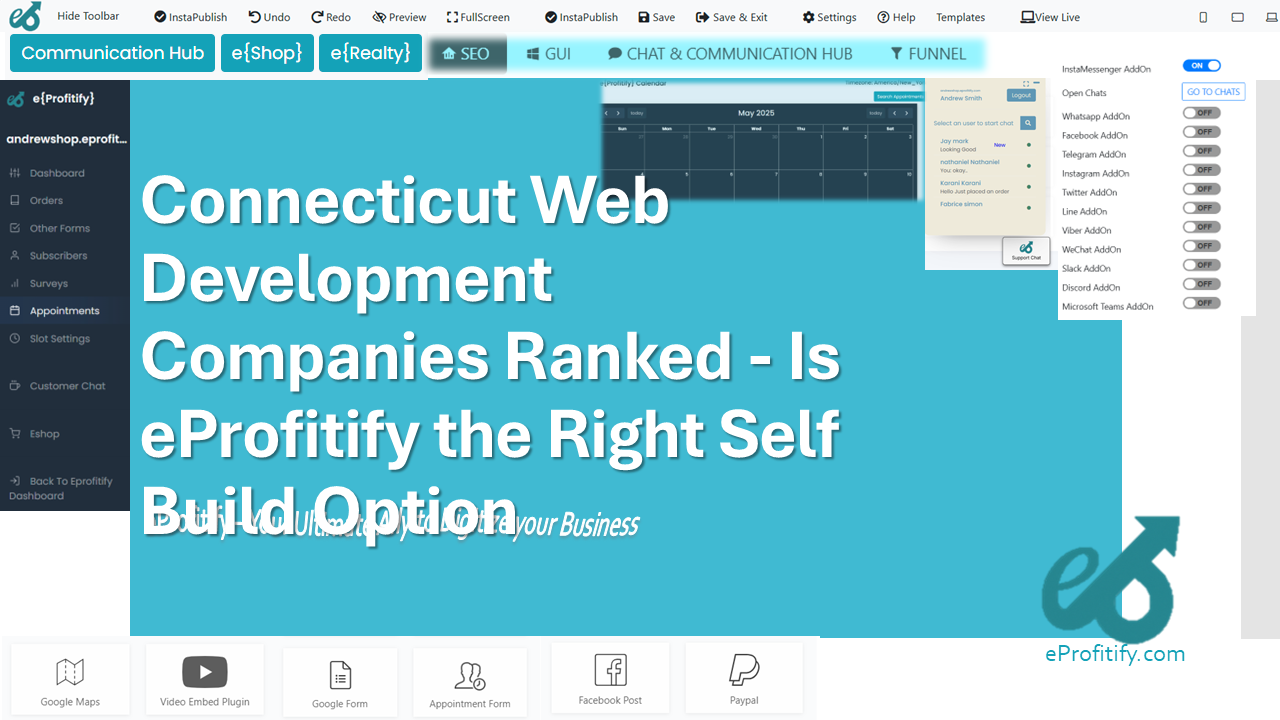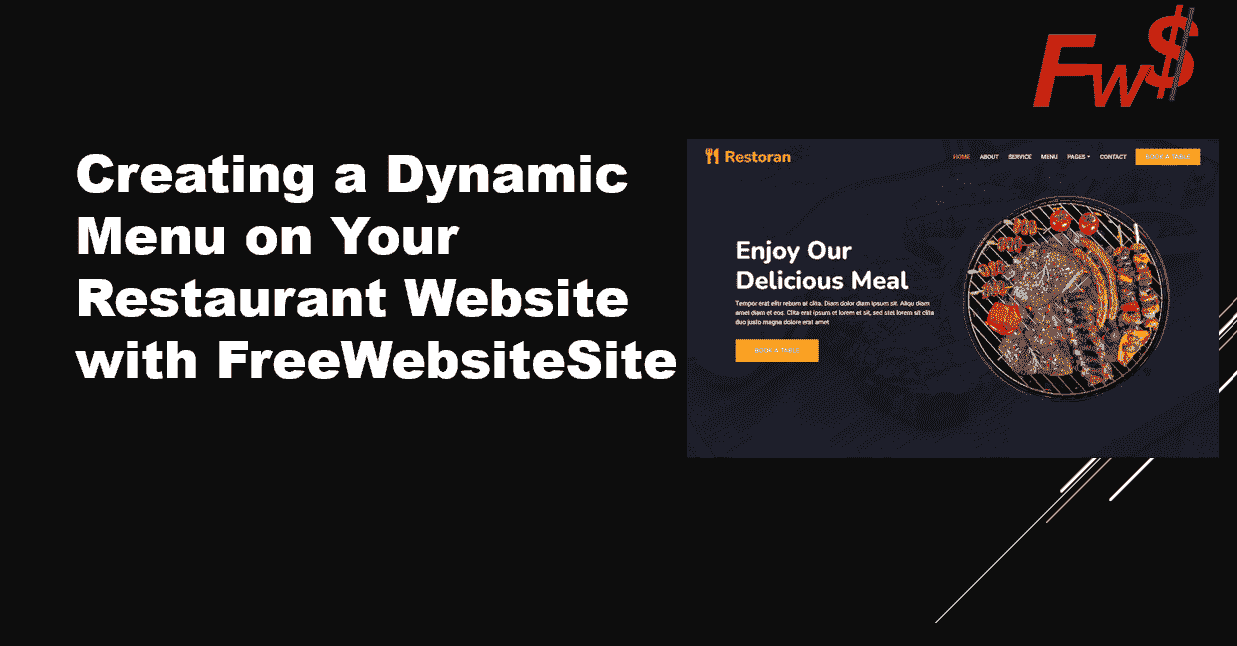How to Handle Peak Hours and Keep Your Food Truck Efficient
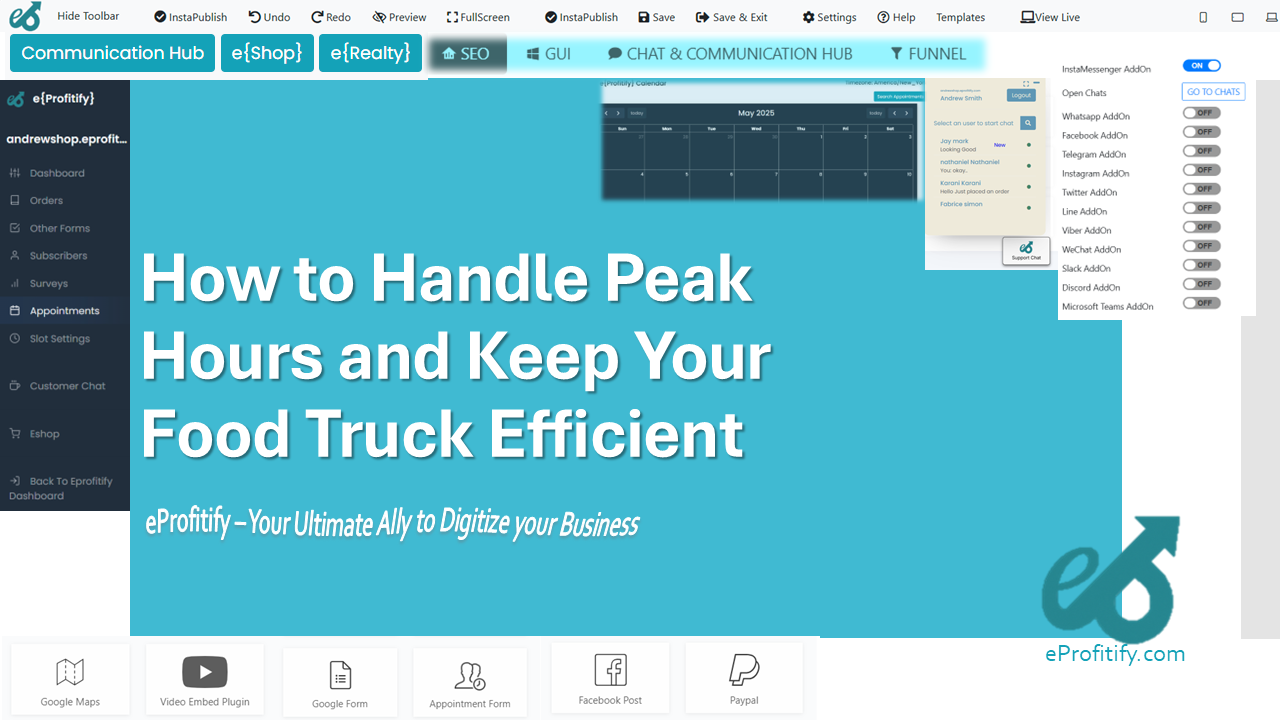
Schedule a LIVE Zoom call with an eProfitify Expert.
How to Handle Peak Hours and Keep Your Food Truck Efficient
The food truck industry has exploded in popularity over the past decade. By 2023, the U.S. food truck market was valued at $3.5 billion, with projections suggesting continued growth (IBISWorld). However, this success comes with challenges, particularly during peak hours. Over 65% of food truck operators report that managing rush periods is their biggest operational hurdle (Toast). Long lines, order delays, and staff burnout can harm customer satisfaction and profitability. To thrive, food truck owners must adopt strategic solutions, from streamlined workflows to technology like eProfitify—a leading website publishing and management tool that optimizes operations through instant messaging, appointment management, ecommerce, CRM, and more.
Here’s a comprehensive guide to handling peak hours efficiently, backed by data-driven insights and modern tools.
1. Streamline Menu Operations
A cluttered menu slows down service. Simplify offerings during peak times by focusing on high-demand items and creating combo meals. According to Toast’s 2023 report, 58% of food trucks that introduced combo meals saw a 20% increase in order speed. Pre-packaged sides or signature dishes reduce decision fatigue for customers and prep time for staff.
Upselling Tactics: Train staff to use the SODA method (Suggestive Selling, Open-ended Questions, Describe Benefits, Add-ons). For example, pairing a burger with fries or a drink can boost average ticket sizes by 15–30% (National Restaurant Association).
eProfitify Integration: Use eProfitify’s ecommerce platform to display dynamic menus, highlight combo deals, and update items in real time. This reduces miscommunication and ensures customers see only available options.
2. Optimize Staffing and Training
Cross-training staff is critical. Assign specific roles—cashier, cook, runner—to minimize confusion. POS systems like Square found that well-trained teams process orders 30% faster during rushes.
Prep Work: Pre-chop vegetables, pre-cook proteins, and portion ingredients ahead of time. Food trucks that prep 80% of ingredients before peak hours reduce wait times by 40% (Technomic).
Real-Time Communication: eProfitify’s instant messaging feature allows staff to coordinate seamlessly. If the grill station is overwhelmed, a quick message can reroute staff to assist, preventing bottlenecks.
3. Forecast Demand and Prep Smartly
Use historical sales data to predict busy periods. For instance, food trucks near office districts often see lunch rushes between 11:30 AM–1:30 PM. Data analytics tools can forecast demand with 85% accuracy (Upserve).
Inventory Alerts: eProfitify’s CRM and analytics track ingredient usage and send low-stock alerts, ensuring you never run out of key items mid-rush.
4. Leverage Technology for Speed and Convenience
- POS Systems: Adopt cloud-based POS systems for fast transactions. Contactless payments now account for 56% of food truck sales (Square), cutting payment processing time by 50%.
- Online Pre-Orders: 43% of customers prefer ordering ahead (Statista). eProfitify’s appointment management system lets customers schedule pickups, slashing wait times and spreading orders evenly.
5. Manage Customer Flow Efficiently
- Clear Signage: Post menu boards with bold pricing and ingredients. Queuing systems like virtual waitlists (via SMS) reduce physical lines.
- Loyalty Programs: Use eProfitify’s CRM to offer rewards to regulars. Loyalty members spend 67% more than non-members (Bond Brand Loyalty).
6. Monitor and Adjust in Real Time
Track metrics like average order time and customer feedback. If wait times exceed 10 minutes (the industry threshold for dissatisfaction), deploy backup staff or pause complex orders.
Instant Analytics: eProfitify’s dashboard provides real-time sales and traffic data, enabling on-the-spot adjustments.
7. Invest in Long-Term Efficiency
Post-peak analysis is key. Identify trends—for example, if vegan options sell out fastest, adjust prep quantities.
Automated Reporting: eProfitify compiles performance reports, highlighting growth opportunities like high-margin items or underperforming hours.
Why eProfitify Stands Out
eProfitify isn’t just a website builder—it’s an all-in-one management tool tailored for food trucks:
- Instant Messaging: Coordinate staff without disrupting workflow.
- Appointment Management: Reduce lines with scheduled pickups.
- Ecommerce Integration: Sell merch or meal kits alongside daily specials.
- CRM: Personalize marketing using customer purchase history.
Conclusion
Efficiency during peak hours hinges on preparation, training, and smart technology. By simplifying menus, leveraging data, and integrating tools like eProfitify, food trucks can turn chaotic rushes into profitable opportunities. As the industry grows, operators who adopt these strategies—and partner with innovative platforms—will stay ahead of the competition.
Sources: IBISWorld, Toast, Square, Technomic, Statista
